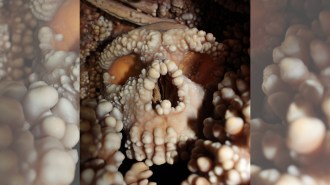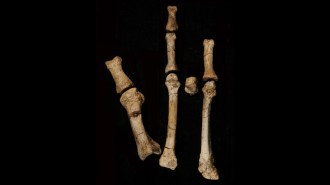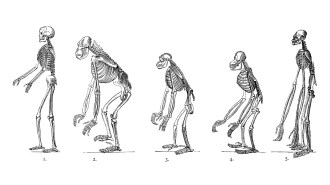Ethiopians reveal high-altitude twist
There’s more than one way for people living at extremely high altitudes to adapt to so-called thin air. Biologically, there must be at least three ways, according to a report in an upcoming Proceedings of the National Academy of Sciences.
A team led by Cynthia M. Beall of Case Western Reserve University in Cleveland obtained blood samples and medical data from 236 Ethiopian villagers living more than 2 miles above sea level. The villagers displayed an average blood concentration of oxygen-rich hemoglobin comparable to that already reported for sea-level populations. Oxygen saturation of hemoglobin among the Ethiopians also roughly equaled measurements made in lowland groups. The researchers now plan to look for a biological mechanism to explain how these people survive at their high altitude.
Previous research directed by Beall had found a high blood-hemoglobin concentration but low hemoglobin-oxygen saturation among Andean highlanders. Beall also reported that high-altitude Tibetans possess a blood-hemoglobin concentration similar to sea-level folk combined with low oxygen saturation.
****************
If you have a comment on this article that you would like considered for publication in Science News, please send it to editors@sciencenews.org.







